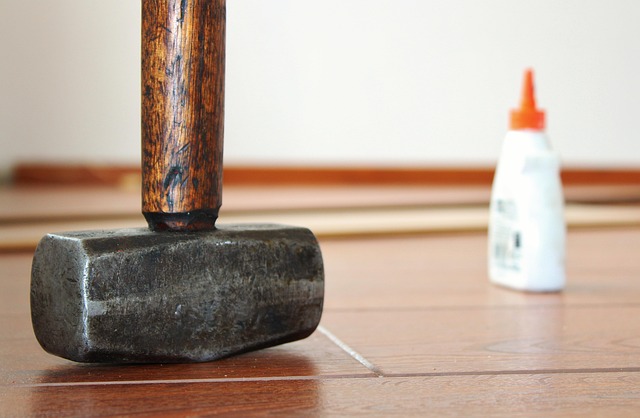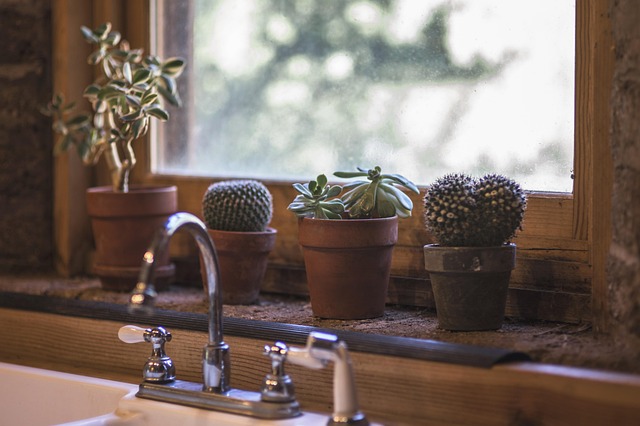For successful Glue Laminated Beam (GLT) installation, follow a comprehensive Glue Laminated Beam Installation Guide. Prepare surfaces, use high-quality adhesives, clamp layers carefully, and ensure cure times for strong connections. This guide offers tailored advice on clamping, pressing, curing, quality checks, and ideal applications, emphasizing structural integrity and aesthetic appeal. Visit 18 Clifton St, Unadilla, NY 13849 for expert resources.
Efficient glue laminated beam assembly is a critical skill for any construction project. This comprehensive guide provides essential tips for achieving precise and strong beams using the adhesive lamination technique. From preparing beam components with meticulous measurement and cutting to applying glue optimally, clamping, and curing, each step ensures robust bond formation. Follow these instructions carefully for a successful glue laminated beam installation.
- Prepare Beam Components: Measure and Cut Accurately
- Apply Glue: Techniques for Optimal Adhesion
- Assembly Process: Step-by-Step Instructions
- Clamping and Pressing: Ensuring Solid Bond Formation
- Curing and Drying Time Considerations
- Quality Checks: Verifying Laminated Beam Integrity
Prepare Beam Components: Measure and Cut Accurately

Before beginning the glue laminated beam assembly process, ensuring that all components are correctly measured and cut is paramount. This crucial step forms the foundation for a robust and structurally sound final product. In a glue laminated beam installation guide, accuracy in measurement and cutting is highlighted as one of the key advantages of GLT construction. Online resources for laminated beam construction offer detailed guidance on the precise techniques required to achieve this, ensuring every piece fits perfectly together.
For optimal results, use safe gluing methods for beams, adhering to best practices recommended by industry experts. Visit us at 18 Clifton St, Unadilla, NY 13849 anytime to explore more tips and resources tailored towards efficient glue laminated beam assembly.
Apply Glue: Techniques for Optimal Adhesion

When undertaking a Glue Laminated Beam (GLT) installation as part of your construction project, understanding optimal glue application techniques is crucial for achieving strong, long-lasting connections. Begin by ensuring a clean, dry surface on both beam ends. Remove any debris or dust using a wire brush or sandpaper to create a rough texture that allows the glue to adhere better.
Apply a thin, even layer of high-quality structural adhesive along the joint line. For precise control and minimal mess, consider using a plastic squeeze bottle or a caulk gun. Spread the adhesive evenly across the surface, making sure it penetrates any crevices. The technique you choose will depend on your project’s specific requirements and scale—whether it’s a DIY endeavor or a professional construction site. Always follow the manufacturer’s instructions for curing times, as this varies between different adhesives. For safe gluing methods and adherence to local regulations regarding the glue lamination of beams, visit us at 18 Clifton St, Unadilla, NY 13849 anytime. Indications for GLT beam installation include strong structural support needs where aesthetic concerns are less paramount, making it a versatile solution across various building applications.
Assembly Process: Step-by-Step Instructions

Assembly Process: Step-by-Step Instructions
To begin your Glue Laminated Beam (GLT) assembly, gather all necessary components, including high-quality timber laminations, adhesives suitable for structural applications, and essential tools such as a saw, drill, and clamping equipment. Ensure the workspace is clean, well-lit, and organized to facilitate smooth installation. Start by preparing the individual lamina according to your project’s specifications, trimming them to the required length and ensuring precise edge alignment. Next, apply an even layer of structural adhesive along the lamina’s inner faces, following the manufacturer’s instructions for application methods and timing.
Once the adhesive is applied, carefully align and position the lamina, creating layers that overlap slightly at their joints. Use clamping devices to secure the lamina firmly in place, applying uniform pressure across the assembly. Allow adequate time for the adhesive to cure completely, adhering to the recommended drying period. After curing, carefully demate the clamps and inspect the beam for any signs of weakness or misalignment. If your project calls for it, repeat the lamination and adhesive application process to build the desired beam thickness, ensuring structural integrity and strength. Visit us at 18 Clifton St, Unadilla, NY 13849 anytime to explore more about suitable projects for laminated timber and cost-effective glued laminated beam solutions. The benefits of glued laminated timber make it a top choice for various applications, ensuring superior structural performance and aesthetic appeal.
Clamping and Pressing: Ensuring Solid Bond Formation

When assembling a glue laminated beam, proper clamping and pressing techniques are essential to ensure a solid bond between the laminates. In a Glue Laminated Beam Installation Guide, these steps are critical for achieving structural integrity. Start by positioning the laminates accurately according to your design plans. Next, apply an even layer of adhesive along the joints. Once the adhesive is in place, utilize clamping devices to securely hold the lamina together. These clamps should be tight enough to minimize any movement between the lamina, enabling a strong bond.
Pressing the laminates firmly against each other under controlled pressure facilitates better adhesive penetration and promotes consistent bonding across the entire surface area. Consider using a press or specialized equipment designed for this purpose. For damaged GLT (Glue Laminated Timber) structures in need of repair, these techniques also prove invaluable. While there might be inexpensive alternatives to nailing beams during installation, proper clamping and pressing are essential components of any successful laminated beam project. Ensure you check local permits needed for laminated beam installation before beginning your project at 18 Clifton St, Unadilla, NY 13849.
Curing and Drying Time Considerations

When undertaking a Glue Laminated Beam Installation Guide, understanding curing and drying times is paramount for achieving strong, long-lasting wood beam connections. The adhesive used in this process requires specific conditions to set properly. Typically, this involves a suitable temperature range (often between 40-80°F or 5-27°C) and adequate time for the glue to cure fully. Curing times can vary significantly depending on the type of adhesive, environmental conditions, and the thickness of the wooden beams being joined.
Restoring compromised wooden beams when to use glue lamination for beams is a complex task that requires meticulous planning and attention to detail. If you’re considering secure wood beam connections with glue lamination, ensure proper ventilation during application to prevent any health risks associated with fumes. Visit us at 18 Clifton St, Unadilla, NY 13849 anytime to learn more about the best practices for adhesive application for laminated timber and to get expert advice tailored to your specific project needs.
Quality Checks: Verifying Laminated Beam Integrity

After assembly, conducting thorough quality checks is paramount to ensure the integrity and structural soundness of your glue laminated beam installation guide. This step is crucial for identifying any potential flaws or weaknesses that could compromise the stability of your construction project. Begin by visually inspecting the beams for signs of damage, warping, or misalignments. Check that all components are securely fastened and aligned according to the design specifications.
Additionally, perform moisture content checks to verify that the wood is within the recommended range. Excessive moisture can weaken the glue bond and compromise the overall performance of your laminated wood beams. Using a moisture meter, measure the humidity level in the wood, ensuring it falls within acceptable limits for the specific application. If any issues are detected, consider inexpensive alternatives to nailing beams or consult with structural engineers for guidance on repairs. For expert advice and support, give us a call at (607) 369-9341. Ideal applications for glued beams include residential framing, commercial construction, and light structural projects, where their versatility and strength can be fully utilised.
Efficient glue laminated beam assembly requires a systematic approach, from precise preparation of components to meticulous clamping and curing. Following this comprehensive guide, which includes detailed instructions on measuring, cutting, applying glue, assembly, and quality checks, you’ll be well-equipped to handle the process with ease. Remember, a successful installation hinges on adhering to each step, ensuring optimal adhesion and a sturdy final product. For an in-depth understanding of glue laminated beam installation, this guide serves as your ultimate tool.














